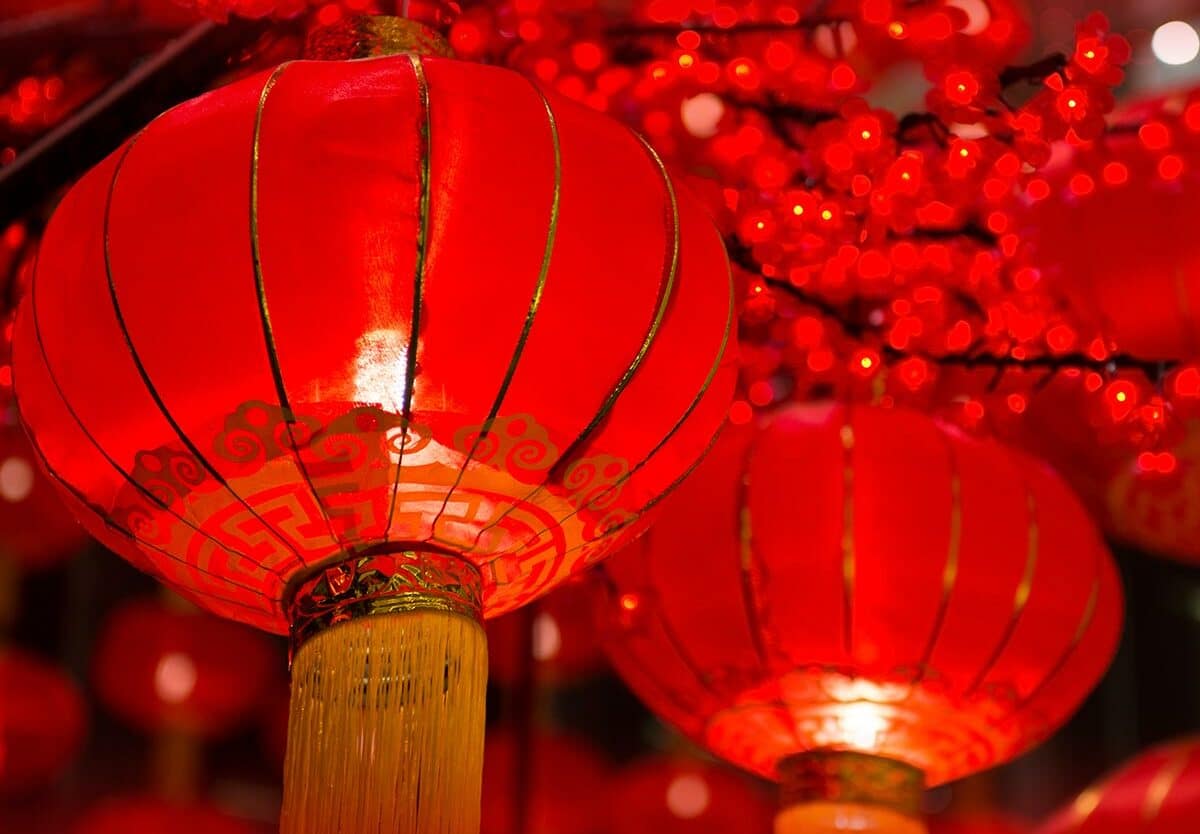As the dust settles from the Christmas and New Year’s Day festivities, the ramp-up to an early Chinese New Year is already in full swing, as February 10th ushers in the Year of the Dragon
Chinese New Year, also known as the Spring Festival or Lunar New Year, is a celebration deeply rooted in Chinese culture, dating back thousands of years. This vibrant and joyous occasion holds immense significance, blending ancient traditions with contemporary festivities. Each year is associated with one of the 12 animals of the Chinese zodiac, and 2024 marks the Year of the Dragon, with the 15 days of festivities beginning on February 10.
The origins of Chinese New Year can be traced back to ancient China, where the lunar calendar was used to mark the passage of time. The festival has its roots in various legends and customs, with one prominent story being that of Nian, a mythical beast that would terrorize villages at the beginning of the new year. Villagers discovered that Nian was afraid of loud noises and the color red, leading to the tradition of using firecrackers and decorating homes in red during the festival.
The celebration also has ties to agricultural practices, as the festival marks the end of winter and the beginning of spring, symbolizing new beginnings and the promise of a fruitful year ahead. It is a time for family reunions, honoring ancestors, and expressing gratitude for the past while looking forward to the future.
SYMBOLS OF SIGNIFICANCE
Chinese New Year is rich in symbolism, with each element carrying profound meaning. Red, the predominant color during the festival, symbolizes good luck, happiness, and prosperity. People decorate their homes with red lanterns, banners, and traditional couplets with auspicious messages.

Fireworks and firecrackers, apart from being a spectacle, are believed to ward off evil spirits. The noise and bright lights are thought to banish the negative energy of the past year, making way for a fresh start.
Food naturally plays an outsize role in the festivities. Families gather for a festive reunion dinner on the eve of the new year, feasting on a variety of traditional dishes, many with special meaning. The giving and receiving of red envelopes (ang pao or ang pow) containing money symbolize good luck and prosperity.
Dragon and lion dances are common during Chinese New Year, with vibrant performances featuring intricate costumes and the rhythmic beat of drums and cymbals. These dances are believed to bring good fortune and drive away evil spirits.
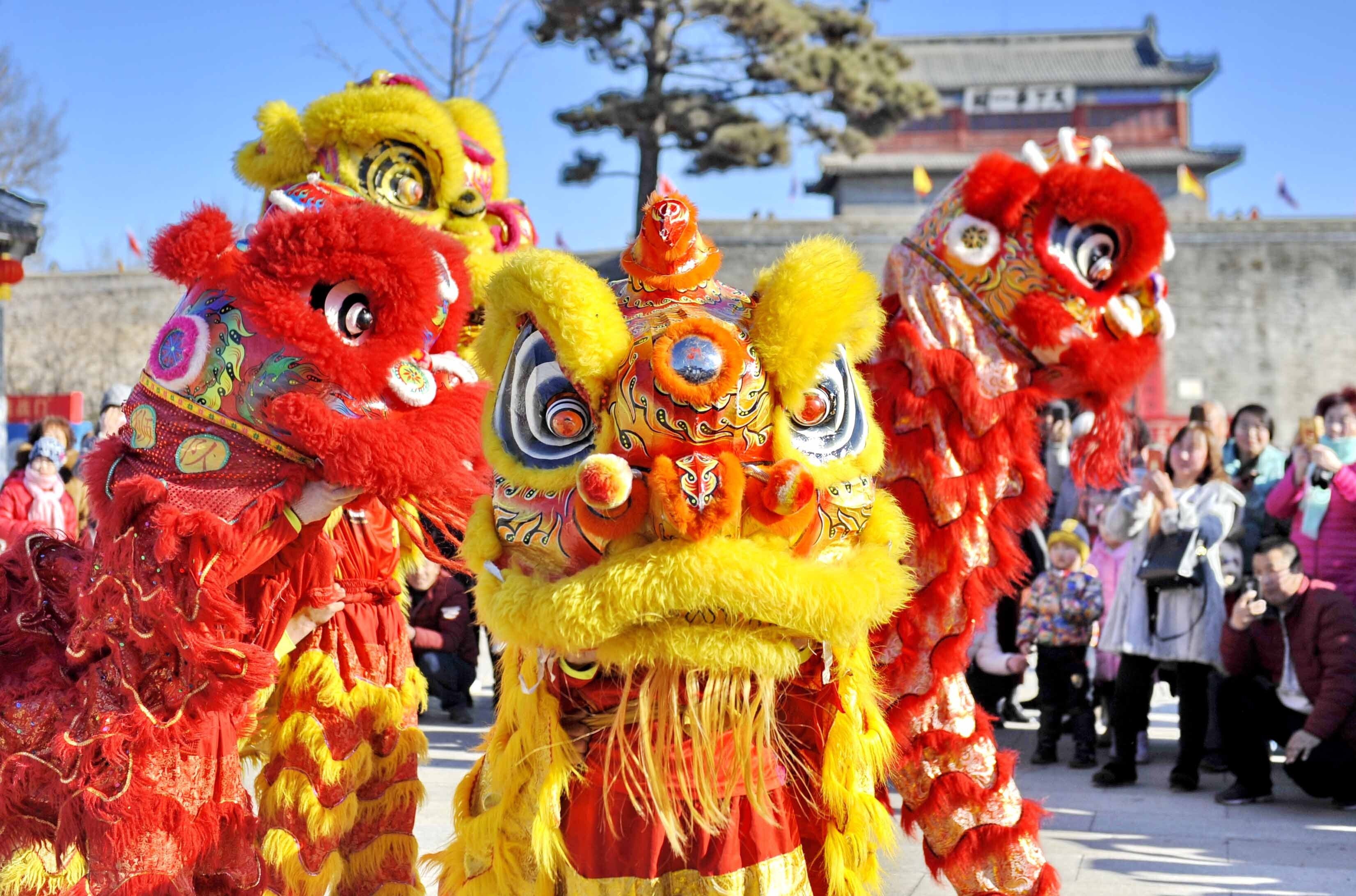
The Lantern Festival, which marks the end of the 15-day celebration, involves the lighting of lanterns, solving riddles, and enjoying sweet glutinous rice dumplings.
THE YEAR OF THE DRAGON
In the Chinese zodiac, each year is associated with an animal and its characteristics, and the Year of the Dragon is considered one of the most auspicious and powerful. The dragon is a symbol of strength, courage, and good fortune. People born in the Year of the Dragon are believed to inherit these traits, making them charismatic leaders with a natural charm.
During the Year of the Dragon, many seek to capitalize on the positive energy associated with this mythical creature. It is believed to be an opportune time for major life events, such as marriage and childbirth, as the dragon is thought to bring blessings and prosperity.
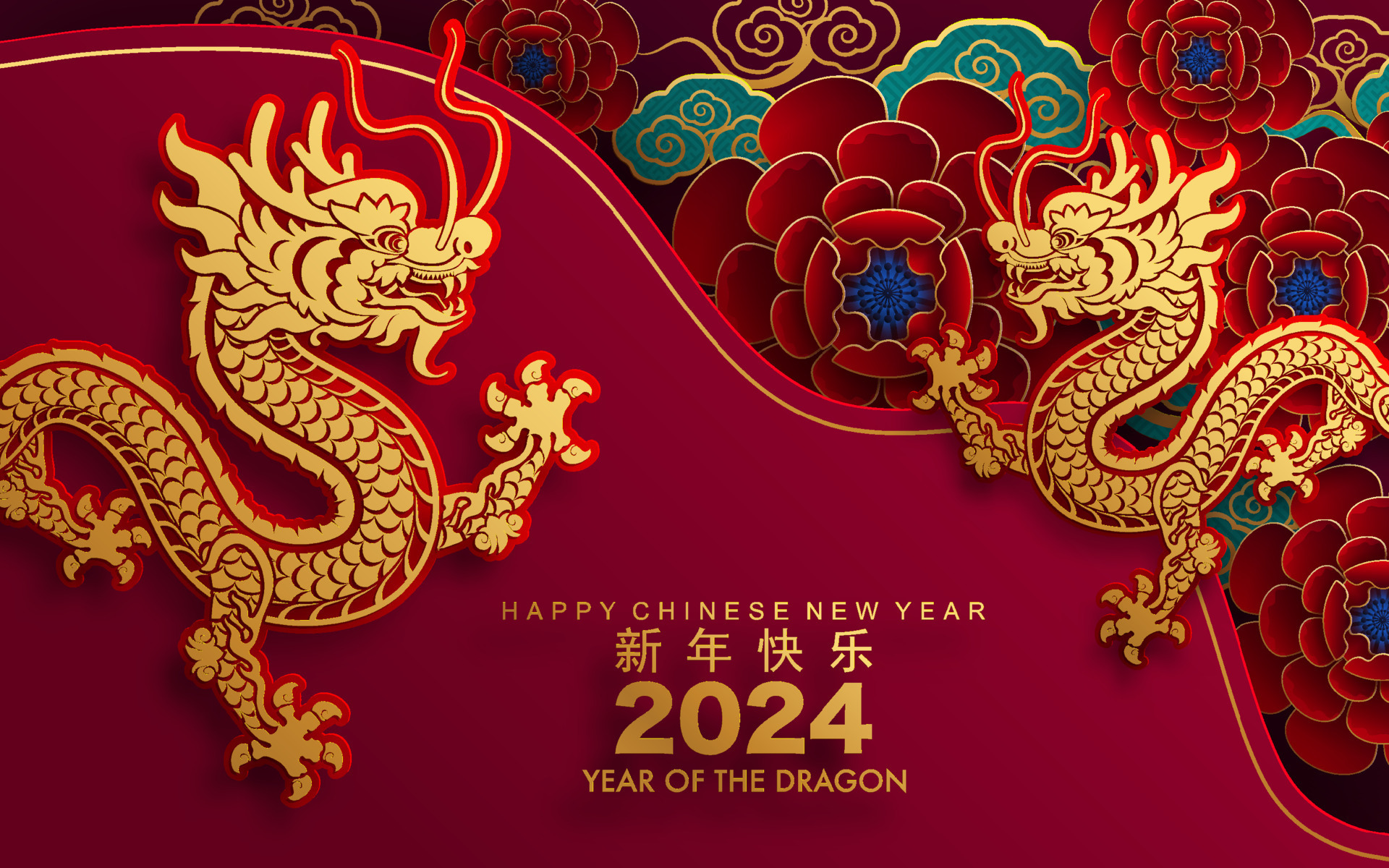
UNIQUELY MALAYSIAN
In Malaysia, the celebration of Chinese New Year takes on a distinct flavor with the inclusion of the traditional dish known as yee sang or lou sang. This unique Malaysian-Chinese custom involves a vibrant and interactive salad tossing ritual that signifies good luck and abundance for the coming year. Yee sang is a colorful ensemble of various ingredients, each carrying symbolic meaning.
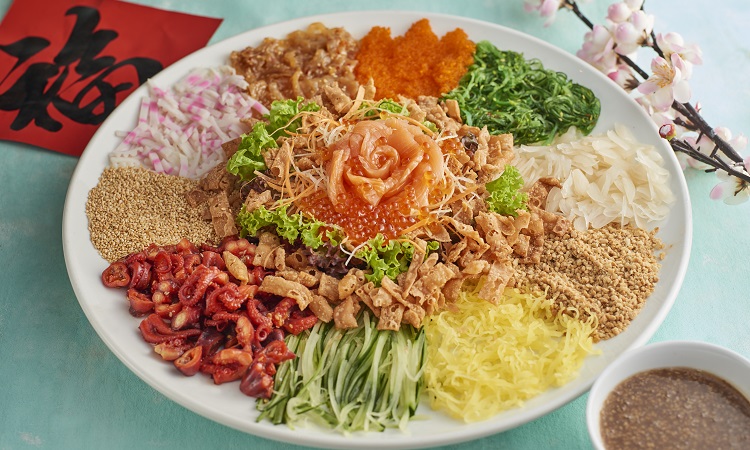
Raw fish slices, usually salmon, represent the abundance of wealth and prosperity, and the fish is complemented by a colourful variety of noodles, vegetables, and other bits that vary from yee sang to yee sang. The act of tossing the ingredients high into the air is not just a delightful spectacle, but is believed to increase good fortune. As the higher the toss, the greater the prosperity. The communal act of tossing Yee Sang is a lively and joyous affair – always a lot of fun – and often accompanied by shouts of well-wishes for health, wealth, and happiness. It’s an unmissable part of Chinese New Year celebrations in Malaysia, adding a uniquely Malaysian touch to this age-old tradition.
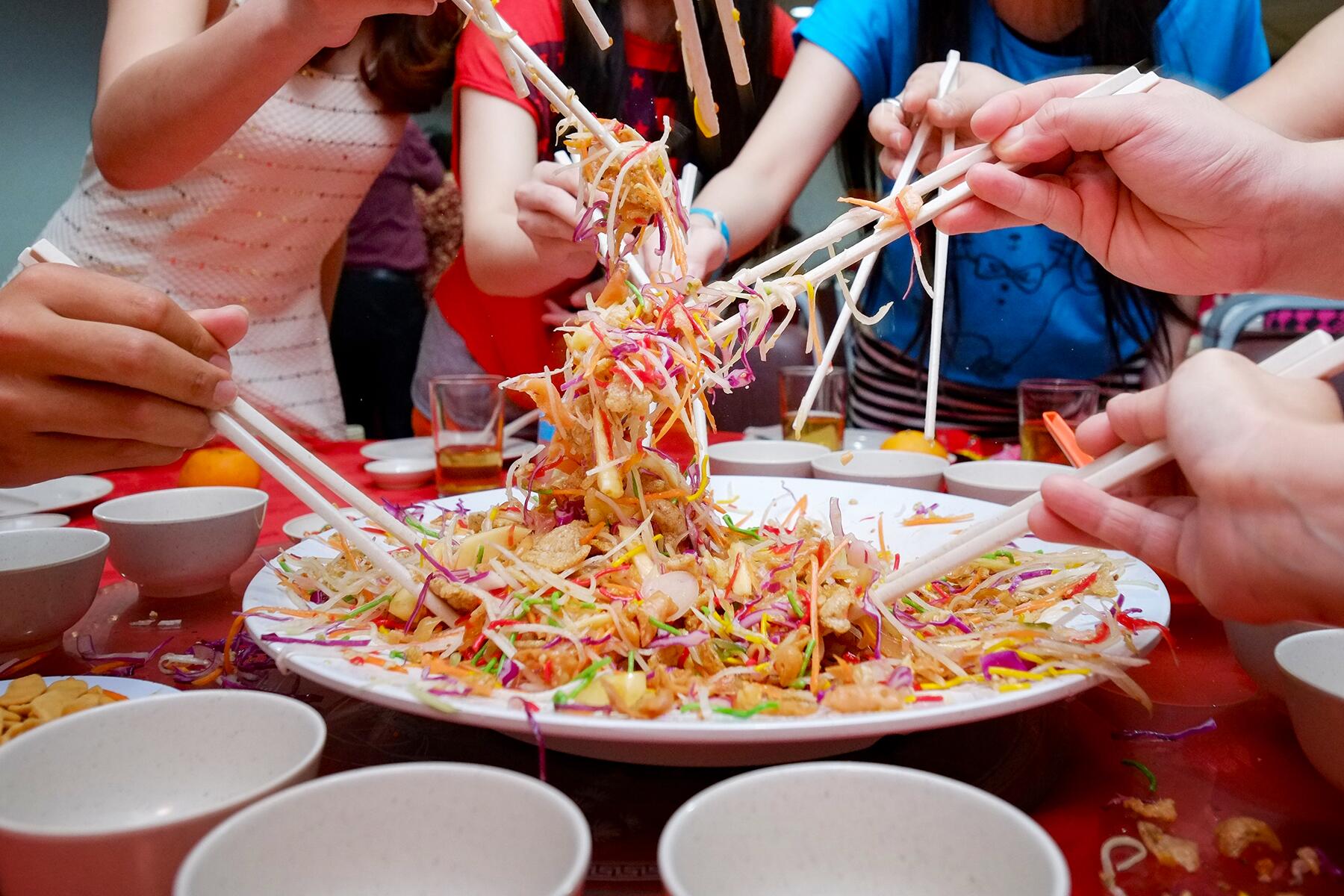
As the Year of the Dragon approaches in 2024, the festivities take on an added layer of significance, with the dragon symbolizing power, prosperity, and the promise of a bright future. It is a time for families to come together, for communities to share in the joy, and for individuals to embrace the positive energy that the new year brings. Gong Xi Fa Cai!
"ExpatGo welcomes and encourages comments, input, and divergent opinions. However, we kindly request that you use suitable language in your comments, and refrain from any sort of personal attack, hate speech, or disparaging rhetoric. Comments not in line with this are subject to removal from the site. "


